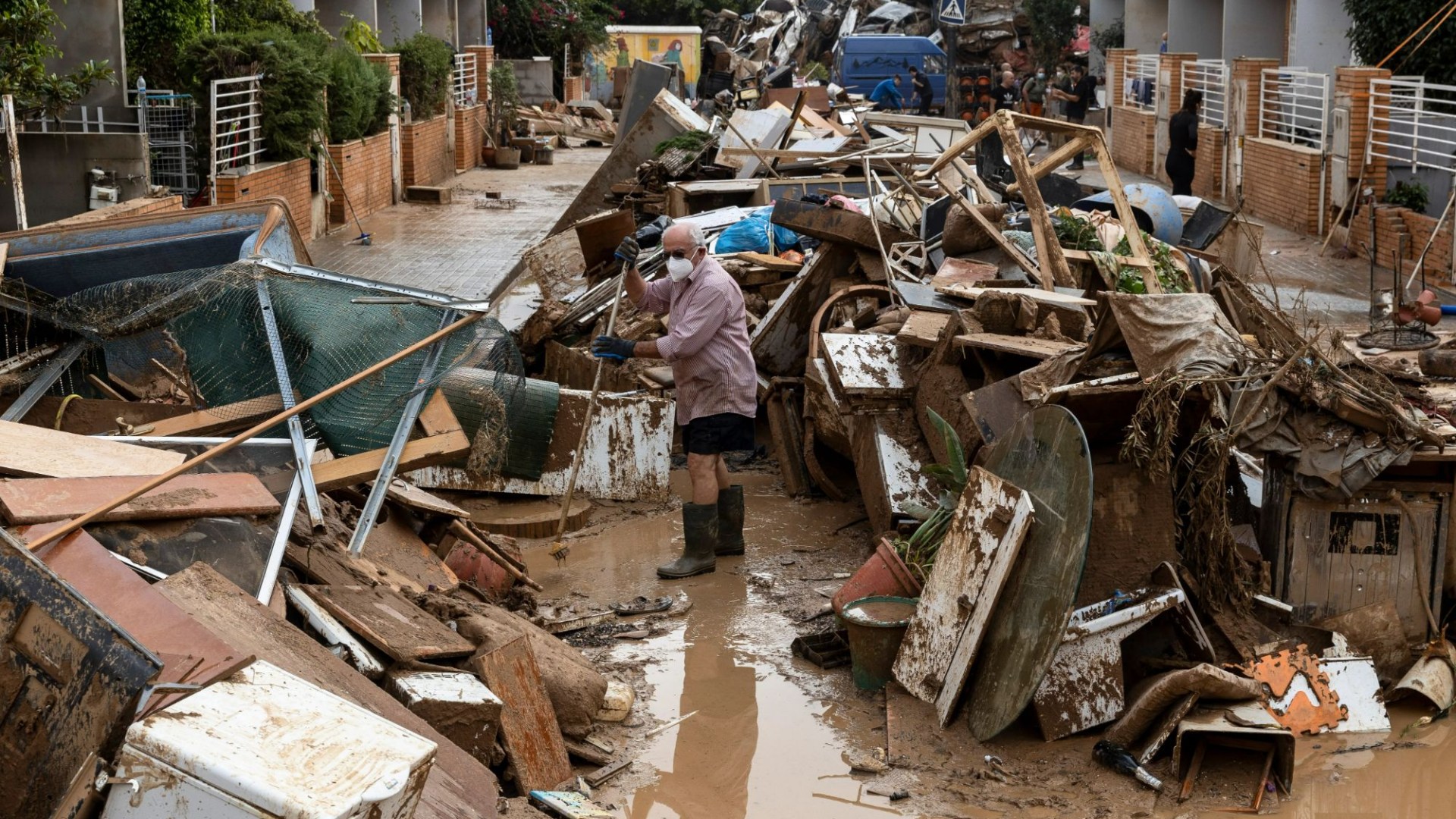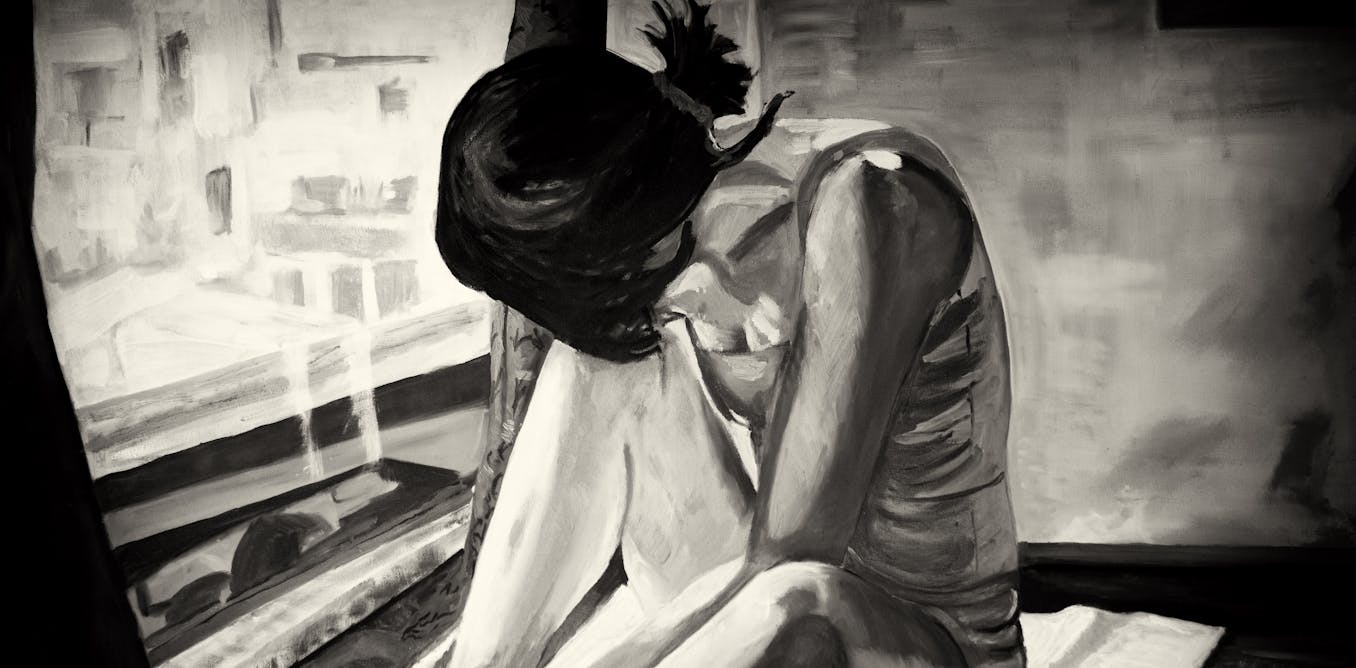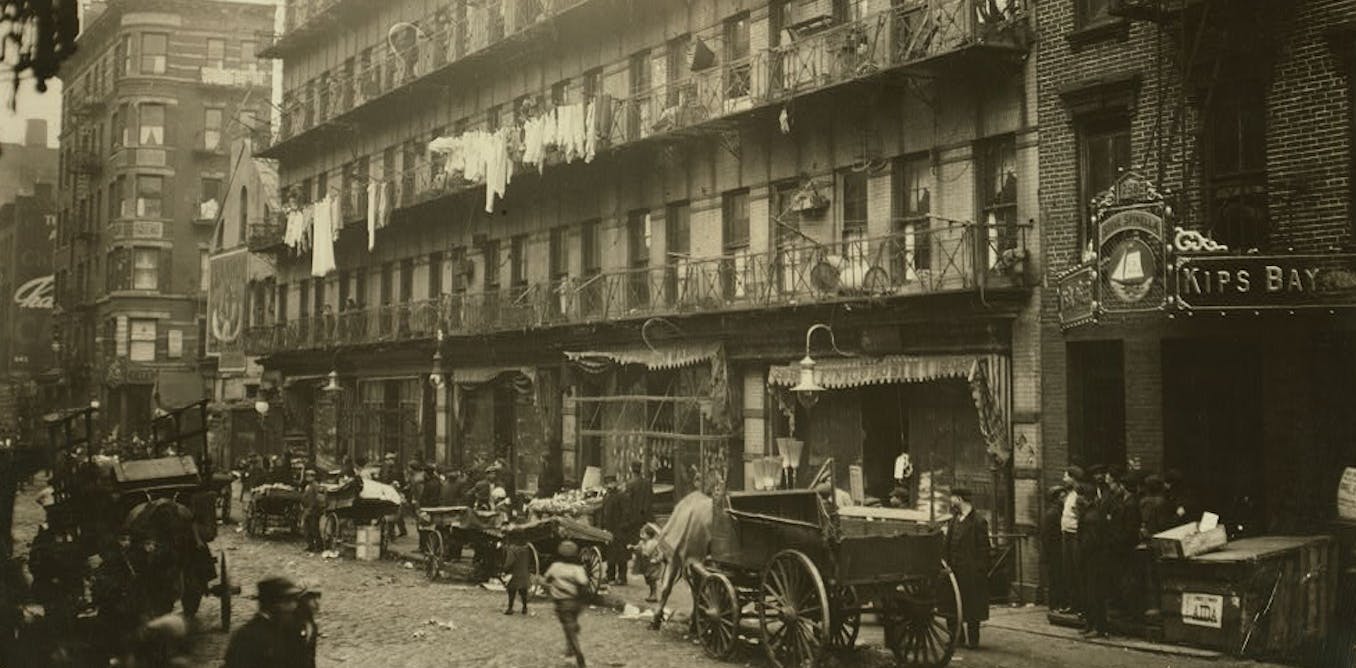HOSPITALS in Valencia are preparing for a wave of infections and illnesses linked to the stagnant flood water.
Experts are predicting mosquito-borne diseases and skin infections will rise as the clean-up continues.
10

10

10
They have also issued warnings about gastroenteritis and Hepatitis A linked to the consumption of contaminated drinking water.
The stagnant water poses a massive problem in many parts of Valencia province where more than 200 people are known to have lost their lives in last Tuesday’s horror floods.
The region has been described as the “perfect habitat” for the rapid rise in the number of cockroaches and rats as well as mosquitoes.
Leptospirosis or Weil’s disease, a blood infection you can get from animals, soil or water that can cause abdominal pain, fever and jaundice and can be fatal if left untreated, has also been flagged up as a concern.
It comes as thousands of volunteer workers are trying to clear away the stinking mud.
Volunteers taking part in the ongoing clean-up are being advised to wear face masks and gloves.
Regional president Carlos Mazon, who was pelted with mud on Sunday during a visit to Paiporta with Spain’s King Felipe and Queen Letizia and Pime Minister Pedro Sanchez has urged locals to get vaccinated for Tetanus to avoid problems with cuts and wounds.
Public health specialist Pedro Gullon said: “A flood of these characteristics brings public health problems we need to be aware of, linked mainly to the accumulation of water and sewage.
“In the first days and weeks the main problems that can occur are gastrointestinal which can be caused by contaminated water.”
He added: “In the floodwater there are bodies that have yet to be recovered.
“The bodies do not pose the greatest danger to public health at the moment but it’s important they’re removed as soon as possible to be able to continue with the cleaning of the streets.
“After that first phase it’s likely that other problems for public health can appear in the stagnant water like mosquitoes and so on which can transmit diseases.”
He urged anyone with symptoms to seek urgent medical attention to “stop the transmission chain”.
Epidemiologist Jose Maria Martin-Moreno said: “Stagnant water is the perfect habitat for the proliferation of mosquitoes and cockroaches, as well as rodents and organisms which can cause human beings infections.”
“The risks tend to worsen in the first 24 to 72 hours after the flood, although this varies with factors like temperature, the restoration of basic services and the cleaning measures adopted.”

10
The warning comes as week after the devastating floods killed more than 200 people in Spain.
Authorities have recovered 217 bodies with 213 of them in the eastern Valencia region.
Police, firefighters and soldiers have continued to search for missing people.
In many of the 69 devastated localities, mostly located in the southern outskirts of Valencia city, people still face shortages of basic goods.
Water is back to running through pipes but authorities say it is only for cleaning and not fit for drinking.

10

10

10
Shocking footage captured the moment the deadly floods in Valencia surged towards the region.
Torrents of water can be seen rushing past residential blocks from out of nowhere as the flash floods sweep up almost everything in its way from cars to hundreds of helpless people.
The death toll is expected to rise to about 400, making it Europe’s deadliest flash flood in five decades.
Harrowing footage shows how the surges of floodwater quickly washed through packed out towns and cities.
One Brit living in the quiet area of Paiporta has revealed how he was forced to helplessly listen to his neighbours’ final screams for help as they were killed by fast-flowing water.
Jerome Torres, 49, said the horrifying swamped streets of Valencia looked like something out of an “apocalyptic” horror film on Tuesday evening.
The Spanish government has vowed to “improve” their recovery efforts after a number of angered citizens kicked off over the lacklustre response and poor prior warnings.
The flood was caused by downpour in the mountains above the Spanish region of Valencia.
No warnings were issued by the local authorities until two hours after the deluge tore through Paiporta.
A red alert has now also been issued for Barcelona after the catastrophic flash floods.
Spain’s weather service has issued a red warning of “extreme danger” and urged people not to travel “unless strictly necessary.”
Images and videos on social media shows flooding in the terminals of Barcelona’s El Prat Airport, after the city was lashed by fresh rainfall on Monday.
At least 70 flights were cancelled and 18 diverted as a result.
The flooding affected key areas, including the T-1 terminal and parking facilities.
Passengers were kept away from these areas while airport staff continued to clear the water and restore normal operations.
Passengers have been advised to check the state of their flights online and prepare for potential delays as the airport continues to manage the impact of the floods.

10

10

10




